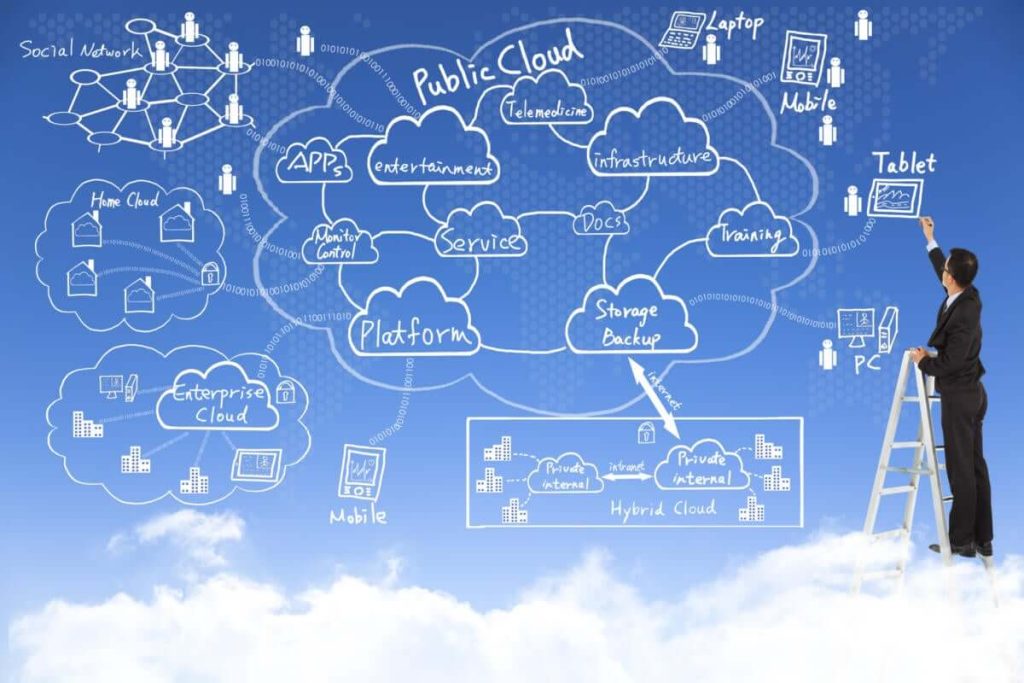In cloud computing, the cloud is a collection of servers accessed by cloud customers through the Internet. Generally, each cloud is managed by a cloud provider (a company that provides cloud services). A public cloud is a cloud shared by multiple customers.
“Multicloud” refers to multiple public clouds. Companies that use multi-cloud deployments merge multiple public clouds from multiple cloud providers. In a multi-cloud configuration, they use multiple vendors instead of an enterprise that uses one vendor for cloud hosting, storage, and the entire application stack. There are many uses for multi-cloud deployments.
Multi-cloud deployment can utilize multiple IaaS (infrastructure as a service) providers, and other providers can also be used for IaaS, PaaS (platform as a service) and SaaS (software as a service) services. Multi-cloud can be purely for redundancy and system backup purposes, or it can incorporate different cloud providers to provide different services.
What are the pros and cons of using a multicloud strategy?
| Pros | Cons |
– Reliability and/or redundancy: By using a multi-cloud deployment, companies can avoid putting all their eggs in one basket. If one cloud fails, users in other deployed clouds can still use certain functions. In addition, one public cloud can be used as a backup for another cloud. – Reduce vendor lock-in: Migrating to the cloud means relying on external cloud providers, and as companies use these providers more and more, leaving these providers may become difficult. However, if a multi-cloud strategy is used, the system and storage will be distributed among multiple vendors. Therefore, it is easier to migrate using one of these vendors, because most of the infrastructure remains during the migration process. – Potential cost savings: If a company does not commit to using one cloud provider to meet all its infrastructure needs, it is free to choose the most affordable service provided by different providers. | – Management complexity: Multi-cloud deployment means interacting with multiple different vendors, each with different processes and technologies. In addition, it has become increasingly difficult to fully understand the technology stack through data stored in multiple clouds and running processes. – Increased latency: If services in multiple clouds need to communicate with each other to satisfy user requests, latency may be introduced, depending on the degree of integration of the cloud, the geographic distance of the data centre, and the frequency of interaction between multiple clouds. – Larger attack surface: The more software and hardware integrated; the more vulnerabilities are possible. – Performance and reliability: It is difficult to balance the load between different clouds, especially when the data centres are geographically far apart. (Cloudflare load balancing can balance the load between clouds.) |


